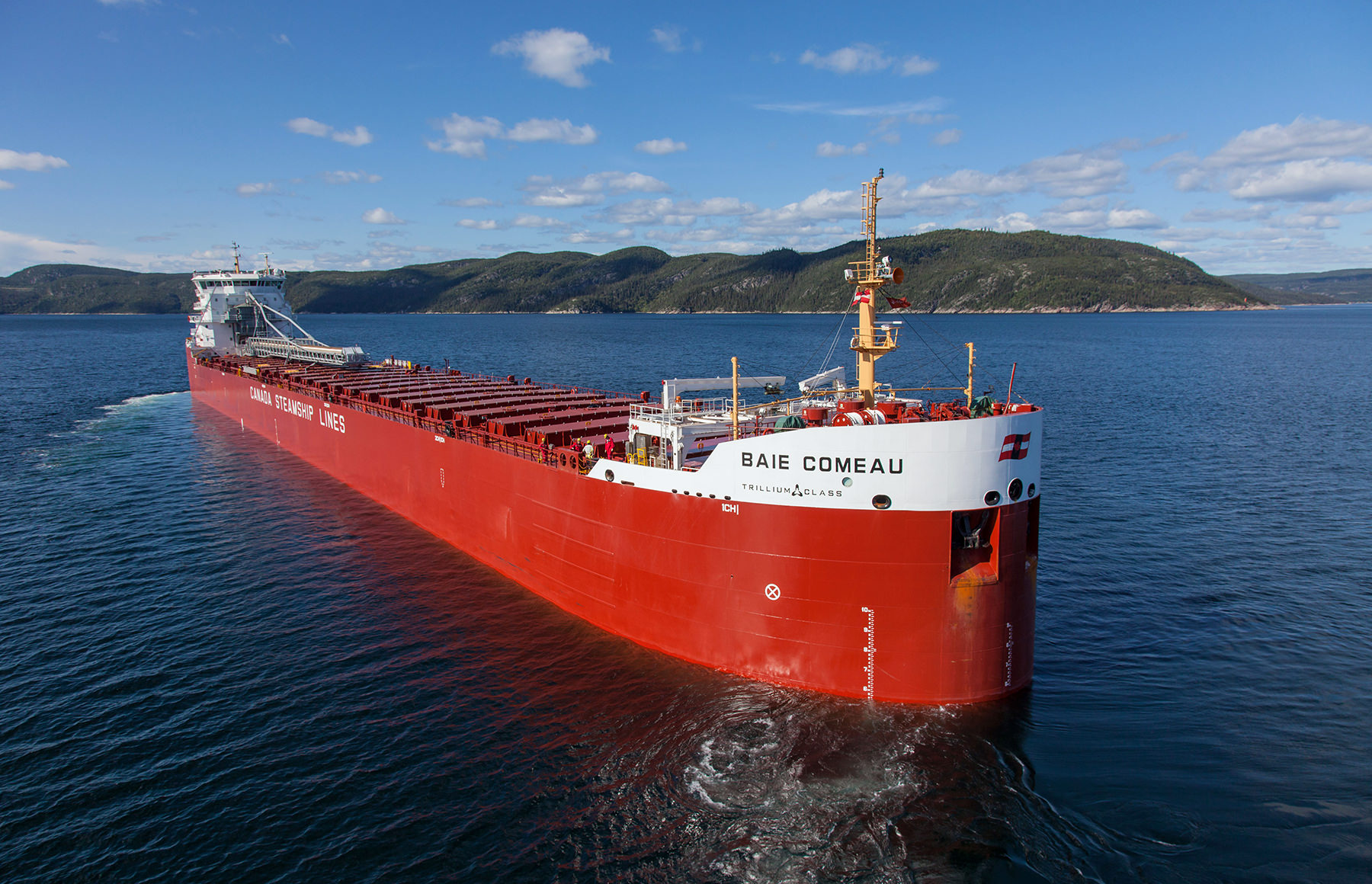1845
LA COMPAGNIE DU RICHELIEU
In 1845, Jacques Sincennes creates La Compagnie du Richelieu, consisting of one paddle steamer and a towed barge to help farmers get their goods up the Richelieu River and along the St. Lawrence River to market in Montreal. The Richelieu River links Lake Champlain and the St. Lawrence River. Sincennes’ company evolves into the Richelieu & Ontario Navigation Company, the foundation of what would eventually become Canada Steamship Lines. Inland shipping ventures such as Sincennes’ grow and multiply over the next 68 years in a very fragmented way, with each serving a particular route and little overlap or coordination of services.

The Chippewa, launched in 1893

























































